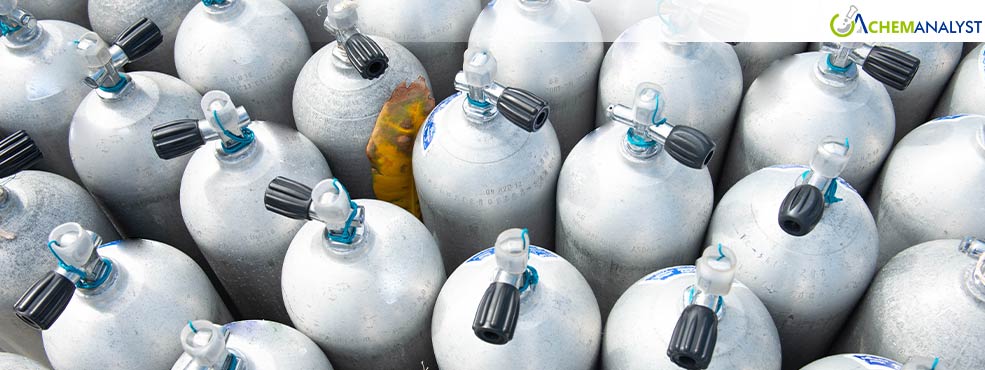Welcome To ChemAnalyst

Global helium prices kept falling in early May 2025, driven by plenty of supply and weaker demand from industries like semiconductors and welding. Slow construction in major economies and quiet trading during Asia’s holidays added to the market’s sluggish pace.
Global helium supply has risen sharply over recent months, driving down prices across key regions. The market has transitioned from tightness to excess, as new capacity has entered the system. South Africa’s Renergen commenced liquid helium production, and Iran advanced its pilot project for helium extraction from natural gas—both contributing to higher global availability.
These additions have built on output from Russia’s Amur facility and Qatar’s Helium 1 and 2 units. The resulting supply surplus has increased price competition in export markets. Market participants noted that some companies are struggling with long-term supply contracts signed during the previous shortage, as current spot prices no longer reflect earlier high commitments.
In Qatar, helium production held steady in April, backed by consistent natural gas pulls from the North Field. The country’s LNG investments keep it a top exporter, but new players like South Africa’s Renergen and U.S.-based New Era Helium are forcing Qatari sellers to rethink their approach.
Additionally, Blue Star Helium received approval to develop the Galactica helium and CO2 processing plant in Colorado. The company aims to begin production in the first half of 2025, targeting long-term output from the broader Galactica-Pegasus project. The facility is forecast to generate $2 million annually over five years, adding to the growing North American supply base.
In Asia, prices trended lower amid soft buying activity during Japan’s Golden Week and China’s Labor Day holidays. Regional buyers delayed procurement, citing high inventory levels and stable domestic supply. Weak demand from downstream sectors further subdued market sentiment.
Semiconductor makers stayed quiet, hit by cost pressures and export curbs from new U.S. tariffs on countries like China, Taiwan, and South Korea. These tariffs raised costs for chipmaking, which relies heavily on helium.
The welding sector also showed weaker demand, especially in construction-related uses. Real estate and infrastructure activity slowed across major markets—China’s new home sales dropped 10.4% in April, U.S. builders cut activity amid high costs and tariffs, and Eurozone output continued to contract—further reducing helium use in industrial welding.
By contrast, the medical sector offered some support to the market. Demand for MRI scanners and related diagnostic equipment remained steady, supporting the market.
As per the ChemAnalyst, helium prices may ease further in the coming quarter as more supply enters the market. Oversupply and cautious procurement strategies are likely to persist, keeping pressure on global prices.
We use cookies to deliver the best possible experience on our website. To learn more, visit our Privacy Policy. By continuing to use this site or by closing this box, you consent to our use of cookies. More info.
